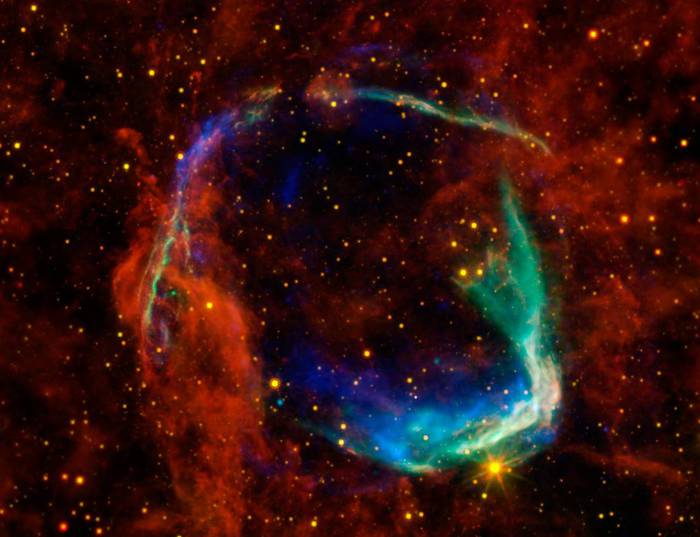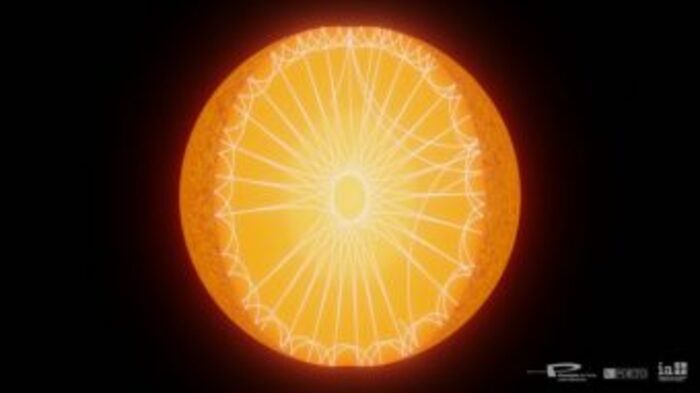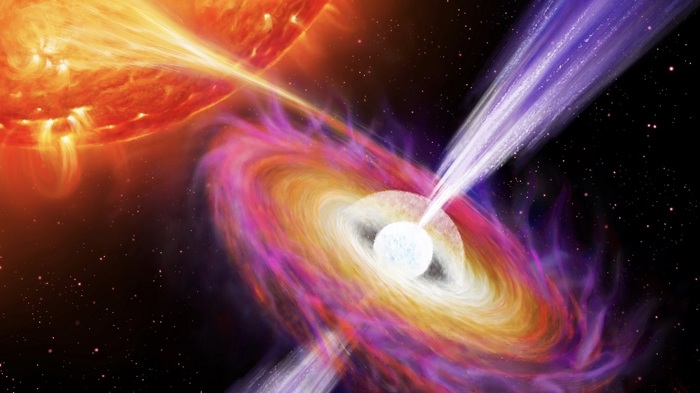Getting to even see inside the stars, studying for the first time the phenomena that occur during the explosion of a supernova: this is the hope of Italian astrophysicist Marica Branchesi and of the entire scientific community, in view of the resumption of observations - in scheduled for March of this year – with gravitational-wave detectors, which have been idle for the past two years for upgrades.
There is great expectation and excitement all over the world: “It's not just about gravitational waves: the hope – Branchesi told ANSA – is being able to observe particles such as neutrinos as well.
Thanks to the study of both, in fact, it will be possible to see the microphysics in action when a star collapses,
Marica Branchesi was one of the protagonists in the discovery of gravitational waves within the international Ligo/Virgo project, announced in 2016, and is a professor at the Gran Sasso Science Institute (Gssi).
The astrophysicist, who was included among the ten most influential people of 2017 by Nature magazine and among the hundred most influential people of 2018 according to the American magazine Time, spoke about the results achieved in this field in a conference at the Accademia dei Lincei.
“But expectations are also great for the third generation detectors that will be built in the coming years, such as the Einstein Telescope, which will allow us to observe the merger of black holes and neutron stars throughout the cosmic history of the universe, reaching until its beginnings”, adds Branchesi.
The Einstein Telescope will in fact be the new large European observatory for gravitational waves, which could be hosted by Italy, in the abandoned mine of Sos Enattos in Sardinia.
“Thanks to these new tools we expect to be able to identify a much greater number of events” concludes the Italian researcher: “Multi-messenger astronomy (which studies cosmic phenomena using signals of different types) is such a new field that every detection will have a huge impact.”




/cloudfront-eu-central-1.images.arcpublishing.com/prisa/PA5TT2ZCYBDNLEAREMUPESRVOM.jpg)


